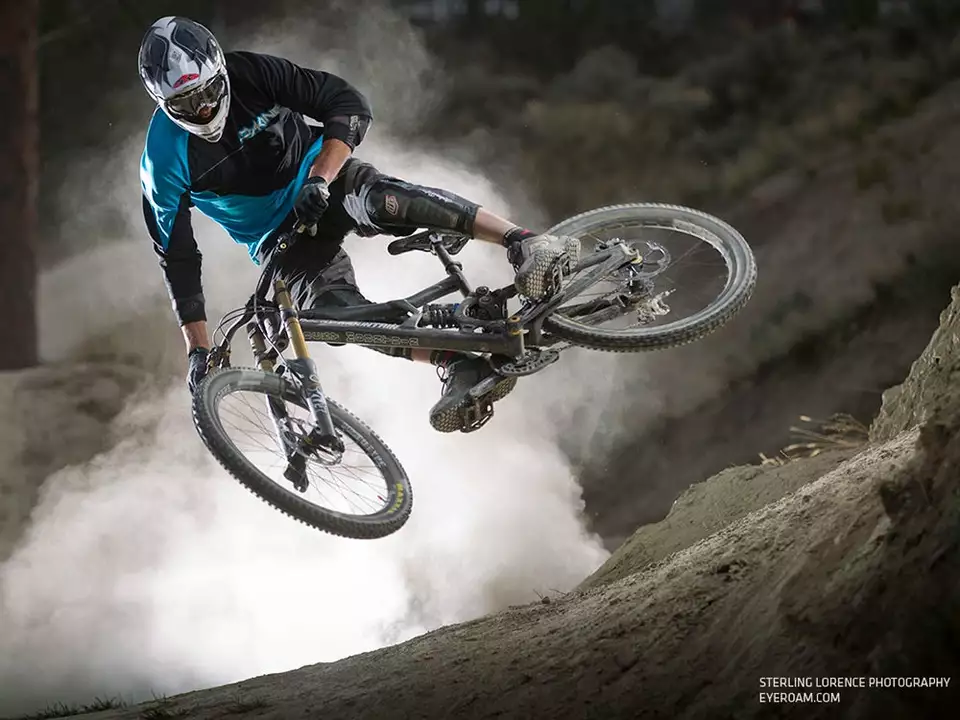Downhill Speed: How to Ride Faster and Safer
When talking about downhill speed, the rate at which a bike accelerates and maintains velocity on a descending trail. Also known as descent velocity, it is a key performance metric for any mountain biking, the sport that combines off‑road terrain, rider skill, and bike technology. The ability to increase downhill speed without sacrificing control hinges on three core components: bike setup, the collection of geometry, suspension, and component choices that affect handling, aerodynamics, how air flow around the rider and bike reduces drag, and braking technique, the method of applying brakes to modulate speed safely. In short, downhill speed encompasses bike setup, demands proper aerodynamics, and requires refined braking technique.
Key Factors That Influence Downhill Speed
First, a well‑tuned bike setup lays the foundation. Geometry that shortens the wheelbase and raises the head‑tube angle gives quicker steering response, while a rearward‑biased weight distribution helps the rear wheel keep traction on steep grades. Suspension sag set to around 20‑30% of travel lets the bike absorb bumps without wasting energy, which directly improves acceleration downhill. Second, aerodynamics plays a bigger role than many riders think. Tucking the elbows, lowering the torso, and using a narrow handlebars reduce the frontal area, cutting drag by up to 15% on fast sections. Even small gear tweaks like low‑profile tires and disc brakes with aerodynamic rotors can shave seconds off a run. Third, braking technique is the safety net. Progressive front‑brake modulation combined with a feathered rear brake lets you stay in the optimal speed window; over‑braking disrupts weight balance and can actually slow you more than letting the bike flow naturally. Mastering these links—bike setup requires proper geometry, aerodynamics influences speed, and braking technique maintains control—creates a smooth, faster descent.
Our collection of articles below dives deeper into each of these areas. You’ll find practical advice on choosing the right suspension settings, step‑by‑step guides for trimming your riding position, drills to sharpen your braking instincts, and real‑world examples from pro cyclists who have turned downhill speed into a competitive edge. Whether you’re a trail‑novice looking for the basics or a seasoned rider hunting marginal gains, the posts will give you actionable insights you can test on your next ride. Ready to see how each factor adds up? Keep scrolling to explore the full set of resources tailored for faster, safer downhill performance.
